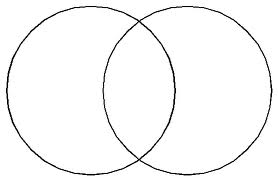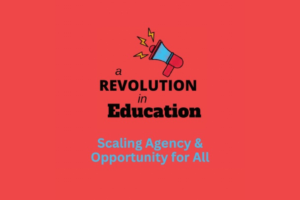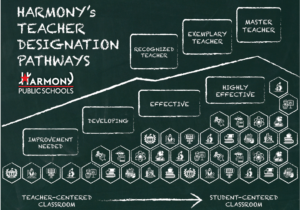Good Work: Challenging the Status Quo
 During early morning coffee shop tutorials, Rudy Crew would carefully smooth a napkin and then draw a picture of how things should work. When I was a school superintendent, Dr. Crew was superintendent in the neighboring district.
During early morning coffee shop tutorials, Rudy Crew would carefully smooth a napkin and then draw a picture of how things should work. When I was a school superintendent, Dr. Crew was superintendent in the neighboring district.
One of the first ways he encouraged me to challenge the status quo was to clarify roles and empower principals. Over a cup of coffee, he drew his organizational paradigm for a system of schools as two circles on a napkin. “The role of the district is to define ‘what’ is to be accomplished.” And, “The role of the school is defining ‘how’ they will accomplish the work.” Crew described the intersection of the Venn diagram as negotiated shared services. It was simple picture, but it captured a powerful philosophy and strategy.
Third of what Kouzes and Posner call The Five Practices of Exemplary Leadership® is challenging the process:
Leaders search for opportunities to change the status quo. They look for innovative ways to improve the organization. In doing so, they experiment and take risks. And because leaders know that risk taking involves mistakes and failures, they accept the inevitable disappointments as learning opportunities.
I’ve found that challenging the process often starts with a blank piece of paper (or a napkin). Usually drawn with another person, the image creates enough clarity to build temporary agreements to guide next steps. It is everything that could be and a new opportunity to represent it in a compelling fashion. It explains a corner of the world in a simple but powerful way.
Many people are visual learners—consider the popularity of infographics. If you can create images to represent your current reality and desired future state, people will remember the essence of the plan. Visual tools can capture abstractions, draw connections, construct meaning, picture problems, aid learning, and help to invent the future.
Drawing pictures helps you think about your own thinking and helps you understand other viewpoints. Challenge your assumptions, search for inference, test implications, and develop your perspective. Do it with a blank sheet of paper in front of you and a bright mind across the table from you. Keep challenging the process. Keep drawing pictures.
Good Work is a Sunday series based on journal entries made as a public school superintendent in the 1990s.








0 Comments
Leave a Comment
Your email address will not be published. All fields are required.